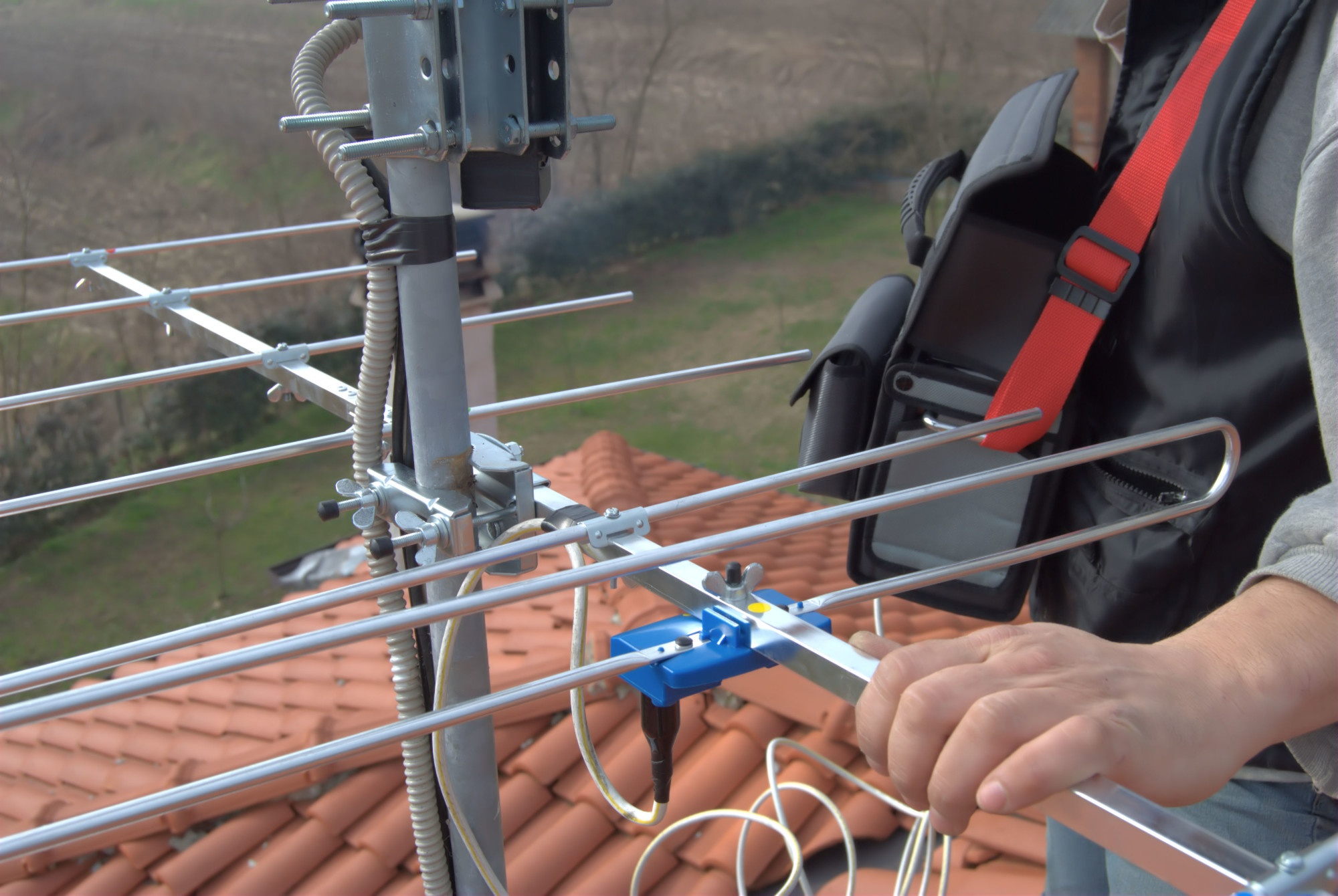Did you know that nearly 9.4 million US households had an antenna and broadband connectivity in 2017? Today, this number is much bigger since more and more people are installing an outdoor antenna for better signal reception.
But what if you decide to install an outdoor TV antenna as well? This is a great investment in your entertainment as an outdoor antenna helps you get a better picture quality. Keep reading this article to find out everything you need to know about installing an outdoor TV antenna.
1. Installation Can Be Tricky
Ideally, you’d want your TV antenna to be installed by someone who knows what he’s doing. The same thing is true for antenna repairs. That’s because an antenna is a heavy piece of equipment that requires the right tools and components to assemble. If you decide to install your antenna on your own, at least make sure that you have someone around to help you. It’s paramount that you fix the antenna properly on the wall, so it doesn’t cause injuries or damage to your property.
2. Know the Difference Between Directional and Omnidirectional Antennas
Some antennas are directional, others are omnidirectional. A directional antenna should be pointed towards a broadcasting tower for better signal reception. This type of antenna can also receive signals from a longer distance. An omnidirectional antenna is ideal for short distances and it can receive signals from multiple angles. Make sure that you know what type of antenna you buy so that you can install it in the right place.
3. Know the Difference Between UHF and VHF
Most TV channels send signals in the UHF bandwidth, so you need a UHF outdoor TV antenna to be able to receive these signals. However, some TV channels send signals only in the VHF bandwidth. It’s important to know what channels you want to watch regularly and in what bandwidths they send signals. Based on that, you can buy a UHF or VHF antenna. If your budget is larger, you can also go for an antenna that receives both UHF and VHF signals at the same time.
4. Consider Your Budget
Speaking of budget, keep in mind that the price of an outdoor antenna can vary considerably from manufacturer to manufacturer. For example, smaller antennas with a simpler design are the least expensive. Larger antennas might cost more money, but they might be more sophisticated and they might be able to offer better picture quality. Consider the installation costs as well and come up with the right budget for purchasing an outdoor TV antenna.
5. Extreme Weather Conditions Might Affect Signal Reception
Although the signal reception technology is much more advanced these days, sometimes bad weather conditions might affect picture quality. This might happen because high winds and storms usually carry a lot of small dust particles and debris through the air. These particles can interfere with the signal received by the antenna and deteriorate the picture quality. Although such events are rare, you need to know about them.
Ready To Install An Outdoor Antenna?
Now you know more about installing an outdoor antenna and you can make a more informed decision. For more information like this, don’t hesitate to check out our website and read the other articles that talk about signal quality, popular TV channels, and how to find the best outdoor TV antenna!



